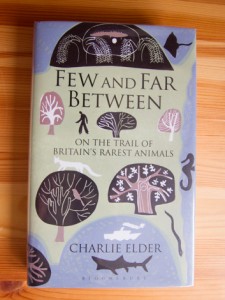We wandered over to the park for a late evening walk this weekend. The further along the dam that we got the more insects there seemed to be. We turned and looked towards the sunset – there were so many insects it almost looked like a snow drift. They were rising up out of the grass – no wonder the swifts were so numerous.
Away from the water we didn’t expect to see so many, but as we looked across the fields it was as if they were smoking – the trees across from us looked hazy. I’ve seen film of starling murmurations where the birds move in waves and group and separate in response to signals from each neighbour. This looked like the insect equivalent – they moved in waves, obviously travelling along with the movement of air over the cereal crops. The swifts were having a great time. No swiftlets would be going hungry that night.
Up in the tress the greatest concentrations seemed to be round the oak trees. Was this because they are broadleaved and so more sheltered, was it because they were pushed by the wind to congregate or was it because oak trees are home to more insects than other trees. Or was I wrong, did it just look that way because of the light or because the oak trees were generally bigger than the willows? I have no idea.
Not only were the swifts out in force in the park that evening, but jackdaws were heading back in number, obviously it is a favourite roost of theirs. The same seems to be true of the local teenagers.
